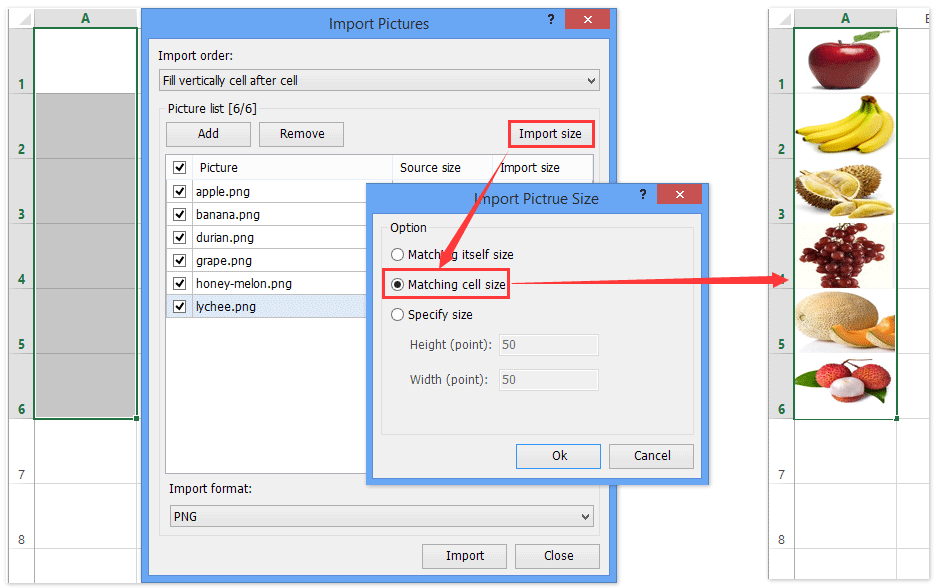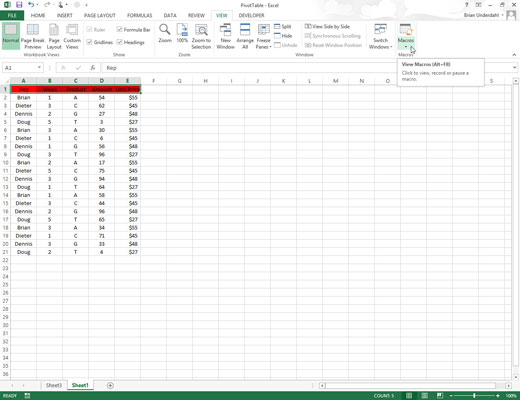

Note: If you don’t see all the macros that you want to delete in the Macros dialog box, they are probably saved in some other workbook. You should find all your selected macros deleted from the list.When asked if you are sure you want to delete your selected macros, click on the Yes.Press the Delete button on the right side of the dialog box.To delete all macros, simply select the first macro, press down the SHIFT key and select the last macro name. To delete multiple macros, press down the CTRL key and select the macros you want to delete. To delete one macro, just select the macro you want to delete.You can delete one, all, or multiple macros from your workbook. You will see the list of all macros in the list on the left side of the dialog box.
REMOVE VISUAL BASIC MACROS IN EXCEL FOR MAC CODE
Alternatively, you can click on the Developer tab and select the Macros button (under the Code group). From the View tab, select the Macros button (under the Macros group).To delete one or more macros from your workbook, follow these steps: You can use it to create, run, edit, debug, and delete multiple macros directly from your worksheet window. Method 2: Remove Macros using the Macro Dialog BoxĮxcel’s Macro dialog box also provides a nice interface to help you accomplish a variety of tasks involving macros. This will not cause any issues because the extension of the new file will be different from the original. Note: You can also choose to name the new XLSX file with the same name as the original. For that, use the methods shown in the next section. This method is not suitable if you want to only remove specific macros and keep the rest. The above steps would remove all the macros from the newly saved file. You can now choose to either delete the original file containing the macros or keep it as a backup, in case you need it in the future.

This means there are no more macros in this new workbook.



 0 kommentar(er)
0 kommentar(er)
